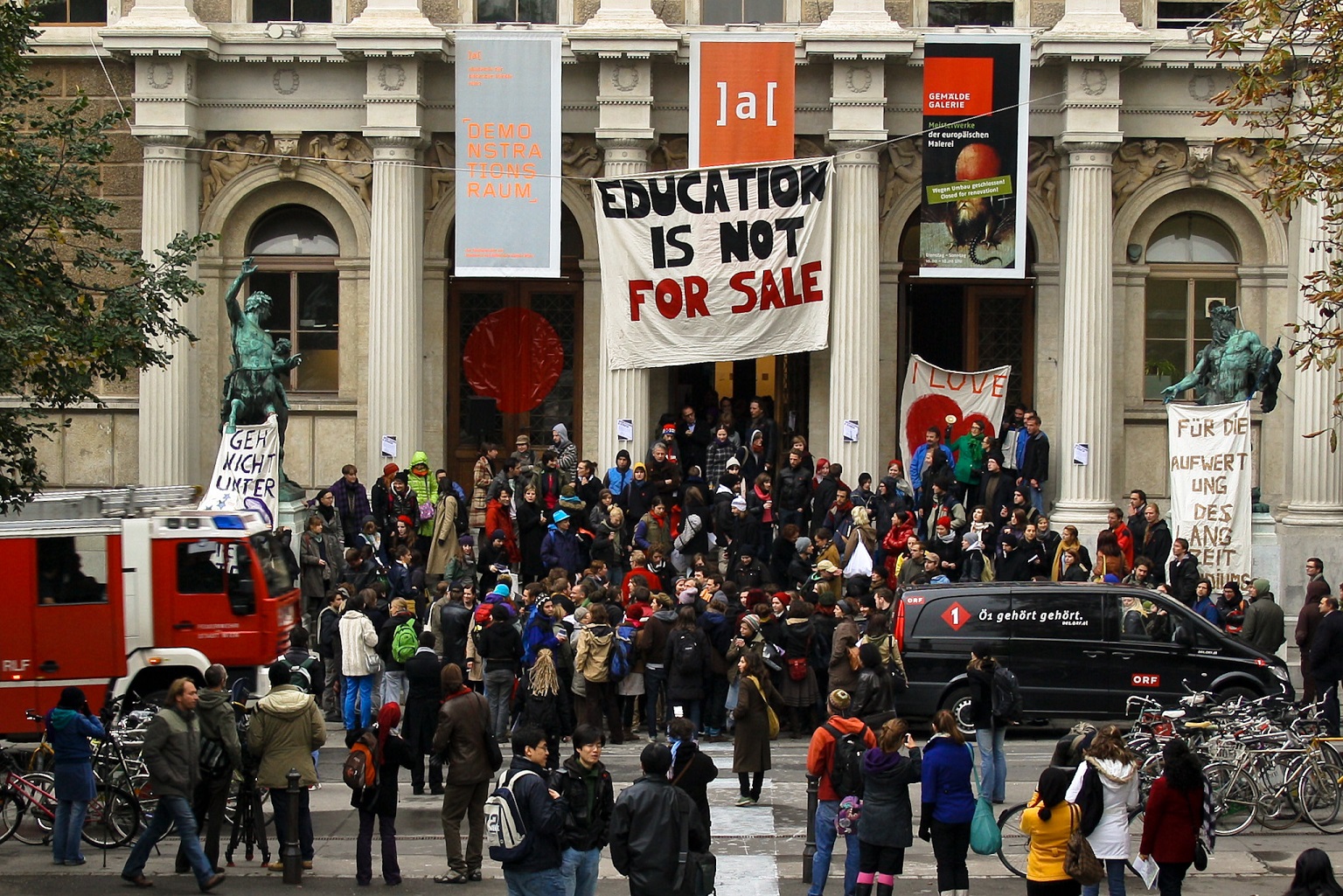ETUCE Survey reveals: increasing privatisation in education in CEE countries
Published:
In the course of the CEE Round Table, taking place in Bucharest on 19-21 October 2015, ETUCE has presented the results of a survey on ‘The state of Funding in education, Teachers’ working conditions, Social dialogue and trade union rights in Central and Eastern European countries’. The survey has been carried out by ETUCE between April and June 2015. It has involved 36 ETUCE member organisations (respondent unions) from 10 EU member states from Central and Eastern Europe and 17 non-EU countries from the same region. Furthermore, all education sectors were equally represented: pre-primary, primary, lower and upper secondary, VET and higher education and research.
The survey revealed that since 2008 the share of Gross Domestic Product (GDP) invested in education was cut in many countries. Moreover, due to the outbreak of the economic and financial crisis, the GDP itself declined in almost all the countries, and investment in education went down also in real terms. Recently, in connection with a – still fragile – economic recovery, funding of education has slightly increased in several countries (Azerbaijan; Bosnia and Herzegovina; Cyprus; Hungary; Kazakhstan; Malta; Ukraine; Tajikistan) as reported by teacher unions. However, we are still far from the pre-crisis levels of investment. Education reforms are tightly linked to education funding and they have been intensified by the need to consolidate public finances in almost all the countries surveyed. According to more than a half of respondents, when reforms were implemented, they increased privatisation.
Increasing privatisation is for the most occurring in the sectors of early childhood education and higher education, followed by secondary education (general), primary schools and secondary VET. Fully private, public-grant aided and religion-based publicly funded education institutions are the most commonly found in the region. Private education institutions are for-profit institutions, according to the majority of respondents. Eventually, 37% of responding unions are aware of the presence of global corporation/consultancies in their countries influencing education policy and the delivery of education products and/or schooling.
Due to the deterioration of salaries and working conditions, the recruitment and retention of teachers continues to be the main challenge according to the 60% of respondents, followed by the emergence of parallel organisations claiming to represent teachers, and by teachers’ evaluation and continuous development (38%). After years of cuts and freezes, salaries are starting to increase again according to one third of respondents. This is particularly true in the countries where teacher salaries are lower in comparison to the average salary of an employee. Across all the countries surveyed, short-term contracts for teachers are a reality (on average, between 35 and 15% of teachers are employed on short term basis).
A structured and institutionalised social dialogue has been reported by respondents in all countries except Georgia, Ukraine and Turkey, mainly with the public authority/ministerial level. However, much effort is needed to make it more effective and efficient. Unions observed that governments tend to consult but without taking the positions of teacher unions into real consideration. Martin Rømer, ETUCE European Director highlighted that ‘the main concern of teacher trade unions is the lack of efficient and effective social dialogue on negotiations concerning education workers’ rights and working conditions, but also on education and training reforms’. He stressed that ‘ETUCE will continue to support the capacity building process for social dialogue and collective bargaining and favour the sharing of best practices, experiences and information among countries sharing a common historical background, through the dedicated ETUCE Central and Eastern European Network (CEENET)’. All the organisations have proved willing to know continue on this path.
Read the Survey Report